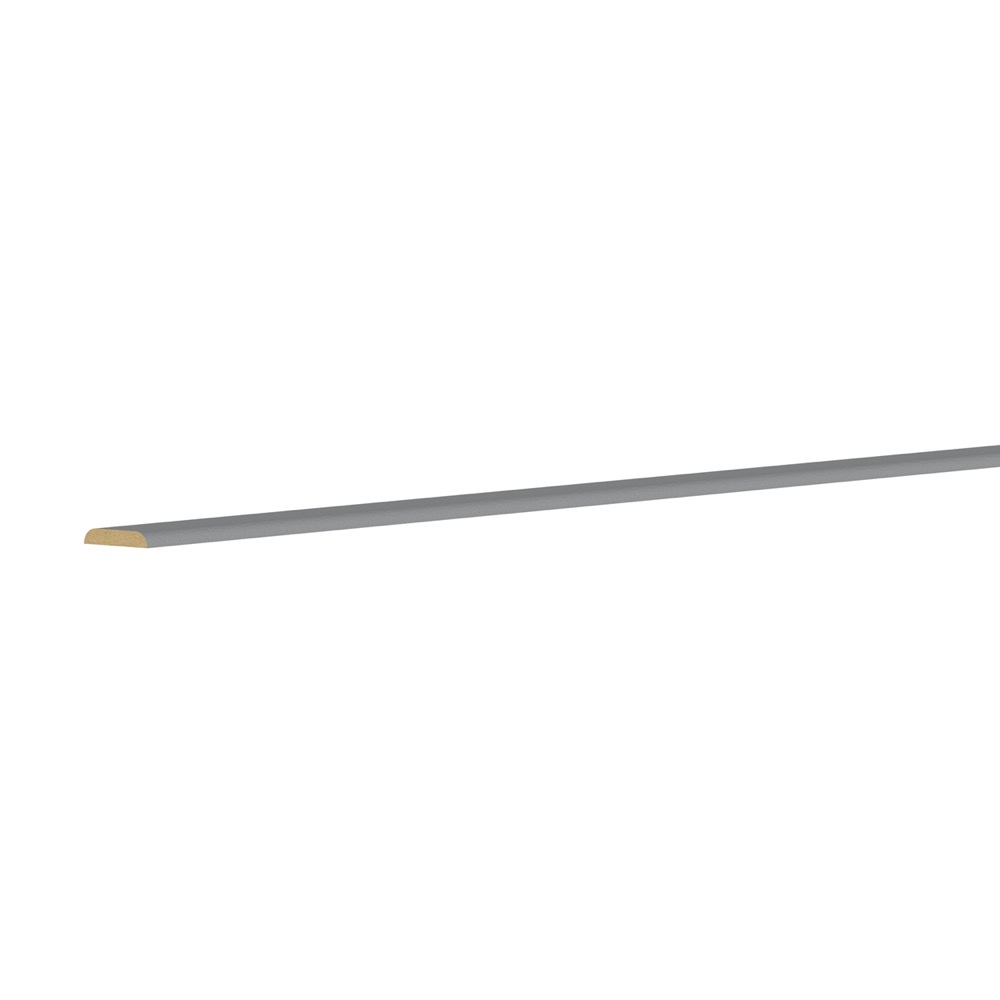
There’s a few very necessary types of molding that are essential to making your remodel legitimately look complete. So, I have to say, if there’s any piece on here that you actually NEED, it’s this one. It doesn’t just enhance the look, it makes it. Seriously, though, all jokes aside, casing is a pretty mandatory piece of trim. You might as well take the door off the hinges and use it as a beer pong table.
#Scribe molding windows
I’ll be honest with you, if your doors or windows don’t have casing on them, it’s going to look weird. It’s also used to break up paint colors, if one is going for the two-toned look.

This piece of molding acts purely as a decorative and is usually accompanied by wainscoting - wooden paneling that lines the lower part of the walls of a room - but that’s not always the case. Functional and decorative, quarter round is a must do if you’re looking for that perfect look. Yes, baseboards are seen as the transition, but installing quarter-round - which is almost like scribe, but thicker - is installed at the very bottom of the your baseboards, so it hides that gap AND the possible nail holes. It’s only fitting that this type is mentioned next after baseboards because they compliment each other. It hides the cracks, gaps, and drywall fringes and give a modern touch to the whole look. That is its main function, but as you can see, it definitely adds a certain decor and can be seen as a beautiful transition from floor to the wall. Probably the most important piece on this list, base molding is used to hide the gaps between flooring/tile and the walls encasing it. As far its importance, it’s mainly to bring a more sophisticated look to your design. Obviously, the the more intricate the design, the more expensive the crown is going to be. You could go with something simple, a piece with a few beveled edges, or something a little more gaudy, with elaborate, inlaid designs. Having gaps or scuff marks here and there may not seem like a biggie to larger remodels, but if they can be prevented or in this case, solved, the product will look near perfect.Ī very popular finishing touch that’s installed at the top edge of cabinets (hence, the name), but unlike scribe, crown moulding has an abundance of decorative options that can cater to any style or design. It’s used as a finishing touch and quite often makes the job look complete when installed correctly. It’s usually straight on one end and can be curved fit the contour of the cabinet. Scribe is essentially a thin strip of wood that runs along the edges of your cabinet to cover gaps, blemishes, and other inconsistencies where the cabinet meshes against the wall or the ceiling. Today, I’d like to discuss several types of molding and when and where to use them!

But, this is for good reason - think of it as a blending process. As we like to call it, you have begun the “finishing stages,” which unfortunately are the most tedious, attention-to-detail tasks that usually end up being very time consuming. You know you’re just about done with a remodel when it’s time to start installing trim/molding.


 0 kommentar(er)
0 kommentar(er)
